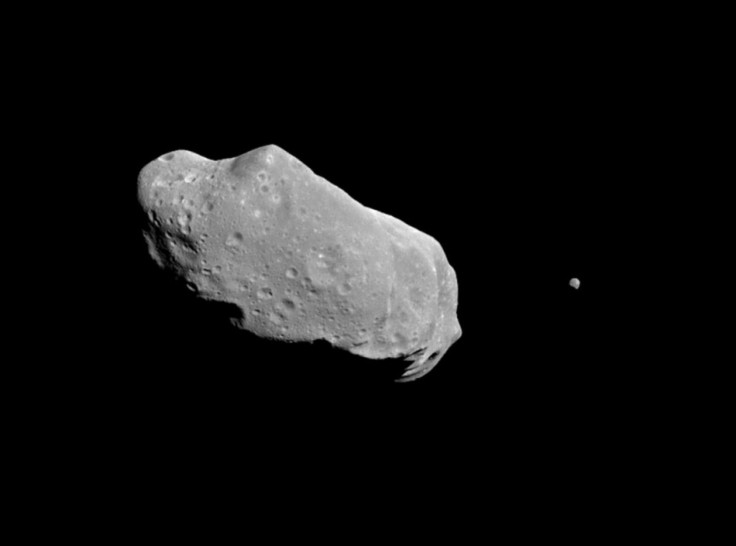Sentinel Space Telescope To Scour Universe For Apocalyptic Asteroids

The best reason for any undertaking? Making sure a Michael Bay-Ben Affleck movie doesn't become a reality.
A nonprofit foundation aims to launch a space telescope that will track half a million asteroids in the solar system, searching for any potential threats to our planet before it's too late.
The B612 Foundation plans to send the Sentinel telescope into space aboard a SpaceX Falcon9 in 2017 as the first privately funded space mission. The nonprofit hopes to map out all asteroids floating in the solar system larger than one that hit Tunguska, Russia, in 1908, flattening a whole forest. The foundation estimates that only 1 percent of them have been discovered.
The nice thing about asteroids is that once you've found them and once you have a good solid orbit on them you can predict a hundred years ahead of time whether there is a likelihood of an impact with the Earth, said B612's co-founder and chairman, Apollo 9 astronaut Rusty Schweickart.
The solar system contains 4,700 potentially hazardous asteroids that are 330 feet in diameter or larger, according to observations from NASA's Wide-field Infrared Survey Explorer. Strictly speaking, hazardous asteroids are defined as those falling within 5 million miles of Earth's orbit, with the potential to survive entering the planet's atmosphere and causing severe damage. In other words, the kind you'd send Bruce Willis to blow up.
The Silicon Valley-based foundation's Sentinel will be shot at Venus and swing around that planet, entering the sun's orbit before scoping out the lay of the land and recording any asteroids larger than 460 feet in diameter and dissecting their orbits to see if they are in danger of colliding with the earth.
The whole project requires dollars, of course, which B612 still needs a few hundred million of before it can launch anything.
© Copyright IBTimes 2025. All rights reserved.





















